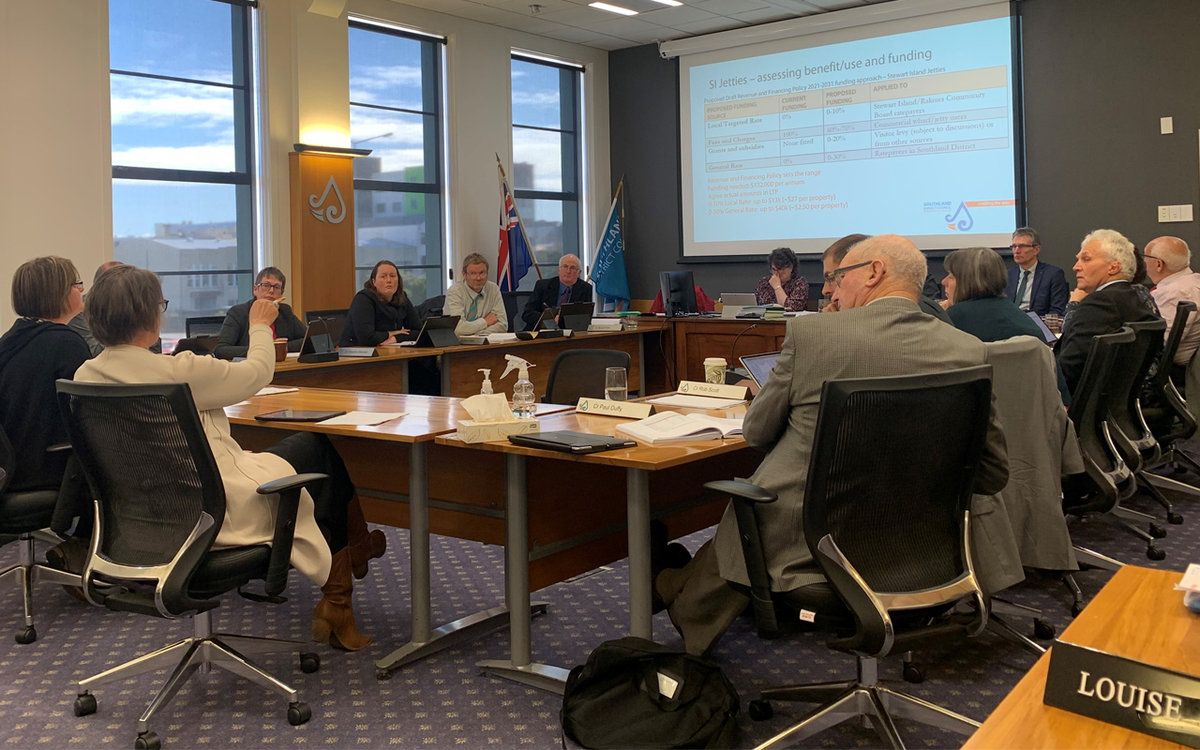SDC considers future of its community housing
Lucy Henry
21 October 2020, 5:00 PM

The Southland District Council is putting the future of its community housing role under the microscope.
The council owns 69 units located throughout Southland in 10 different townships. They are rented at between $87.50 and $103.50 per week for single occupants, and a slightly higher rate for double occupants.
The units were constructed between 1970 and 1990 and were originally intended to offer homes to pensioners so they could remain living in their local communities when they could no longer manage their family homes.
Advertisement
Advertise on the Southland App
But since the 1970’s, retirement villages and rest homes have popped up over the country and region, filling that need in the community.
At their meeting yesterday, councillors were asked to consider a report recommending $50,000 be spent investigating the future of its community housing.
The report identifies several issues that have prompted the council staff to question whether the council might be better off not operating community housing at all.
In the report, property services manager Kevin McNaught says one of the key issues is funding and affordability for both the council and tenants.
“In view of both the ageing stock, coupled with the increasing regulatory requirements… there is the potential for significant rental increases to meet our cost demands.”
“The financial capacity of the tenants to meet these increases is concerning.”
Advertisement
Advertise on the Southland App
He also says that managing the housing is putting significant pressure on staff who do not have the adequate resources, and says any additional resource would also have to be paid for by increasing rent.
Although there is demand for the housing, Mr McNaught says the demand is not well understood, adding that the “selection process for occupation has also become convoluted”.
The current regulatory requirements for residential tenancies is also creating ongoing compliance obligations for the council.
Initially intended to house the elderly, they were now they are “at risk” of becoming a local version of Kāinga Ora, he says.
However, the report demonstrated that there is still a significant need for the housing in the community.
Of the 69 units, five are vacant with three of which being ready to tenant after refurbishment. Fifty-four of the units (78%) are tenanted by pensioners over the age of 60.
Advertisement
Advertise on the Southland App
Cr Karen Owen asked if broader work could be done to find out what the actual needs were within the community before the council made any decisions on the housing.
“We’re looking at what the demand is… I don’t think we should just limit it to ‘what’s the demand for community housing’, it needs to be right up to the scope of affordable housing.”
“There might just be a shortage of rental housing which you could charge market rates for.”
Cr Rob Scott agreed, saying that it was important for the council to take a holistic approach when looking at the need for housing within the district.
“With a bit of research that I’ve done, it indicates that [the community housing] is actually fulfilling a need where these people don’t have anywhere else to potentially live,” he said.
He then asked why $50,000 was required to conduct a business case on the issue.
Cr Ebel Kremer agreed, saying he felt potentially spending $50,000 was “bit disturbing” given that the council had owned the buildings for some time.
Advertisement
Advertise on the Southland App
“We should have this information; we’ve had these assets for quite some time. We should know exactly what our assets look like,” he said.
Group Manager of services and assets Matt Russell said that unfortunately this was a necessary amount to spend, given the current pressures on staff, and the importance of assessing the buildings against the current regulatory framework.
If it goes ahead, the $50,000 for the business case would be funded from the council’s community housing reserve account, which currently has a balance of $189,723.
However, the councillors voted to pause on spending the $50,000 and leave the report on the table, voting instead to hold a workshop to explore more options into the issue.
ACTIVITIES & ATTRACTIONS
AGENTS




